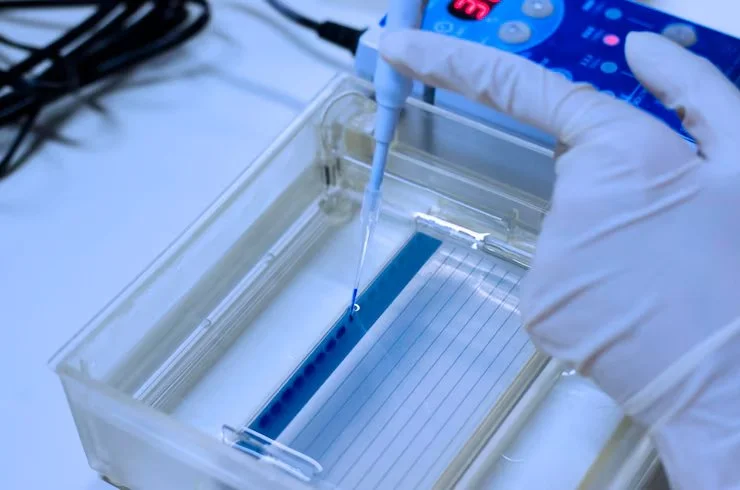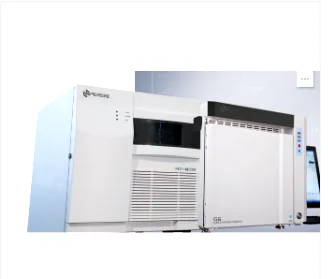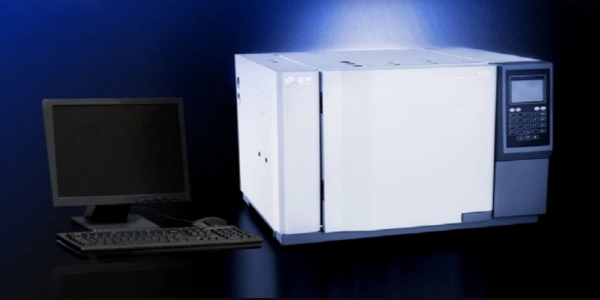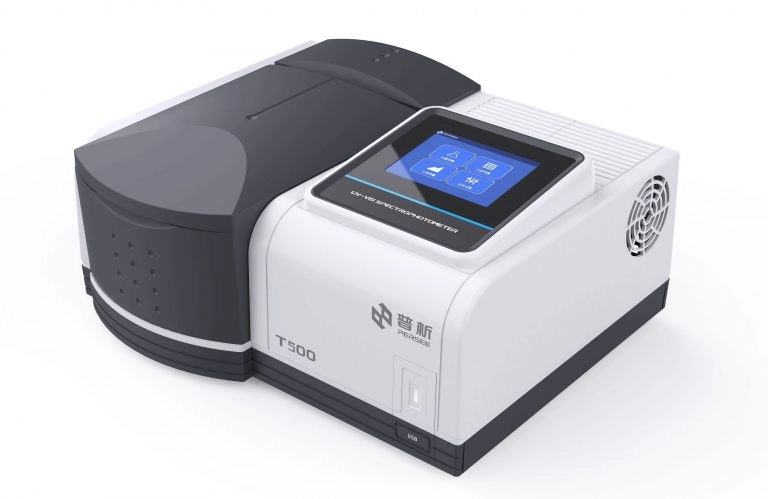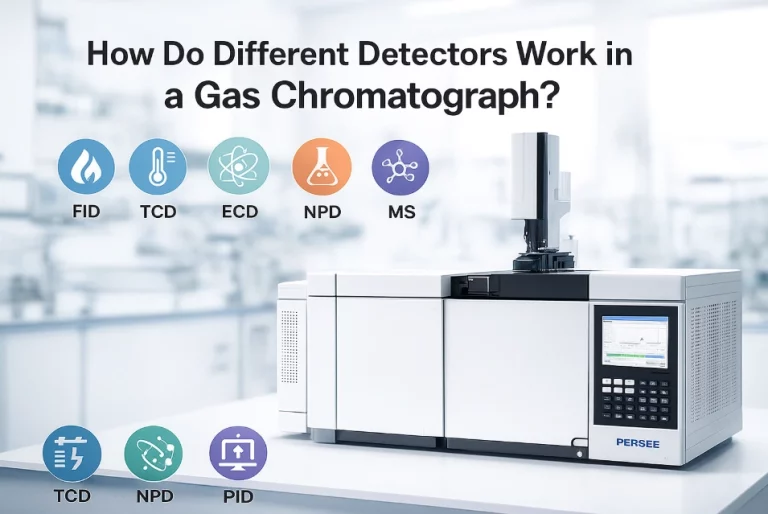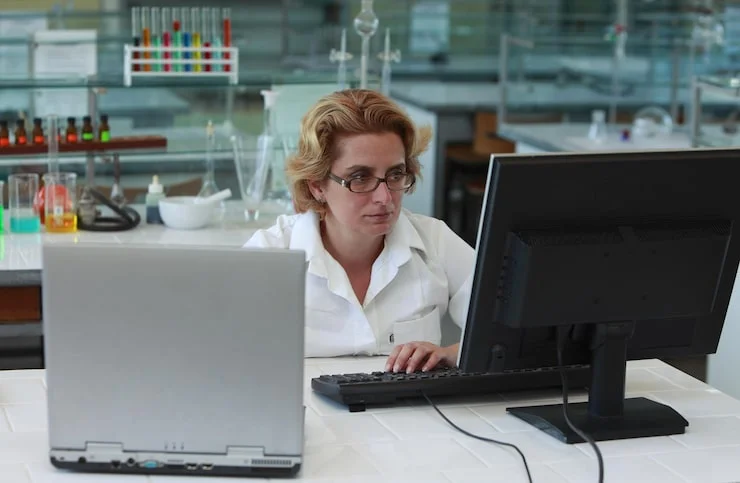Size exclusion chromatography (SEC) is a strong method for sorting molecules by size. It’s often used in biology and medicine studies. But, its tricky details can scare beginners. At PERSEE, we think learning SEC should be easy for all researchers. This guide makes size exclusion chromatography simple. It explains the basics, gives helpful tips, and solves common problems. Whether you’re new or skilled, this blog will help you use SEC with confidence.
Fundamentals of Size Exclusion Chromatography
Size exclusion chromatography sorts molecules by their size and shape. Big molecules move through the column faster. Smaller ones take longer because they go through the column’s tiny holes. This gentle method is great for cleaning proteins, checking polymers, or studying molecule interactions. Key parts include:
- Column: Filled with beads that have holes to separate molecules.
- Mobile phase: A liquid that carries the sample through.
- Detector: Checks the molecules as they come out, often with UV light.
Knowing these basics helps researchers see SEC’s flexibility and accuracy in lab work.
5 Ways to Make Size Exclusion Chromatography a More Approachable Topic to Understand
SEC can feel hard, but these five ideas make it easier for researchers to learn.
Drive Out the Fear of Chemistry
Many researchers worry about SEC because it involves lots of chemistry. Make it simple by focusing on its main idea: sorting by size. Use examples, like filtering balls through a net, to show how bigger molecules come out first. Try easy lab tests to build confidence.
Reason Out the Intricacies of SEC
Break SEC’s hard parts into simple ideas:
- Hole size: Decides which molecules go into the beads.
- Exit order: Bigger molecules leave first, smaller ones later.
- Clarity: Affects how well molecules are split apart.
Explain each part with clear examples, like sorting proteins by weight, to make it clear and relatable.
Try to Maximize Lab Handling Practices or Involve Visualization Sessions
Lab practice and pictures make SEC clearer. Set up lab time to try loading samples and setting columns. Use drawings or videos to show how molecules move through the column. These tools make hard ideas easier to understand.
Cite Practical Uses of SEC
Show real uses to prove SEC’s worth:
- Protein cleaning: Separating enzymes for making medicines.
- Polymer checking: Studying man-made materials.
- Disease research: Looking at proteins linked to illnesses.
Linking SEC to real results encourages researchers to learn more.
Use Virtual Lab Simulations
Virtual tools let researchers try SEC without harming equipment. Online programs copy column picking, sample adding, and data checking. These tools help researchers get comfortable and make fewer mistakes in real labs.
Tips to Simplify the Process of Size Exclusion Chromatography
Making SEC work well needs care with tools and settings. These tips make the process easier for better results.
Choosing the Right Column for Your Application
Picking the right column is very important. Think about:
| Use | Column Type | Hole Size |
| Protein cleaning | Silica-based | 100–300 Å |
| Polymer checking | Polystyrene-based | 500–1000 Å |
| Sugar studies | Agarose-based | 50–150 Å |
Match the column’s hole size to your sample’s molecule size. Our G5GC Gas Chromatograph works well with SEC setups for better results.
Optimizing Experimental Parameters for Better Results
Adjust these settings:
- Flow speed: Usually 0.5–1 mL/min for clear sorting.
- Liquid mix: Use a stable liquid to keep samples safe.
- Sample amount: Keep below 5 mg/mL to avoid column problems.
Try small changes and check results to find the best setup.
Proper Maintenance of Equipment to Enhance Longevity
Regular care keeps tools working longer:
- Clean columns: Rinse with liquid after each use to remove dirt.
- Check pumps: Look for leaks or odd pressure.
- Store right: Keep columns in the right liquid when not used.
Routine care keeps performance steady and reduces breaks.
Common Challenges in Size Exclusion Chromatography
SEC can have issues, but knowing them helps you fix them.
Issues with Resolution and Separation Efficiency
Bad sorting often comes from:
- Wrong column: Pick a column with the right hole size.
- Fast flow: Slow the flow to sort better.
- Thick samples: Thin thick samples to move easier.
Check results to spot and fix sorting problems early.
Troubleshooting Column Overloading
Overloading happens when too much sample is added. Signs are wide peaks and poor sorting. To fix:
- Use less sample or a smaller amount.
- Use a bigger column for more space.
- Do several small runs instead.
Addressing Sample Aggregation Problems
Sample clumping messes up results. Stop it by:
- Fixing liquid: Add salts or cleaners to keep molecules stable.
- Filtering samples: Remove clumps before adding.
- Controlling heat: Keep between 4–25°C to reduce clumping.
These steps ensure clean, correct sorting.
PERSEE: A Trusted Supplier for Chromatography Solutions
At PERSEE, we’ve been a top maker of lab tools since 1991. Based in Beijing, we focus on creating, improving, and selling high-quality scientific gear. We have ISO9001, ISO14001, OHSAS18001, and CE certifications. We’re dedicated to accuracy and new ideas. Our worldwide reach helps researchers everywhere use our skills.
Overview of PERSEE’s Expertise in Chromatography Technologies
We’re great at making chromatography tools for research needs. Our tools help with nature testing, food safety, and medicine work. With easy-to-use designs, we make hard methods like SEC simple and fast.
Key Products Offered by PERSEE for Size Exclusion Chromatography
We provide strong tools for SEC, including:
- M7 Mass Spectrometer: Boosts detection for tricky samples.
- G5GC Gas Chromatograph: Gives exact control for SEC workflows.
- GC1100 Gas Chromatograph: Great for busy SEC tasks.
These tools are dependable and strong for your lab. Check our full range to find the right one.
Conclusion: Making Complex Techniques More Accessible for Researchers
Size exclusion chromatography doesn’t need to be scary. Learn its basics and use practical learning ideas. Also, improve lab habits. Then, researchers can master SEC easily. At PERSEE, we work to make hard methods simple with new tools and expert help. Want to improve your SEC tests? Contact us for solutions that fit you.
Frequently Asked Questions (FAQs)
What is the primary advantage of size exclusion chromatography?
The main benefit of size exclusion chromatography is sorting molecules by size without harming them. This makes it perfect for cleaning delicate molecules like proteins and studying them as they are.
How do I select the right column for my experiment?
Pick a column based on your sample’s molecule size. Match the column’s hole size to the target molecules. For example, use 100–300 Å holes for proteins or 500–1000 Å for polymers. Check the column maker’s guide for specific uses.
What are some common signs that my column needs replacement?
Common signs are poor sorting, wide or trailing peaks, high backpressure, and uneven exit times. These show the column is worn or dirty, meaning it needs replacing to keep tests accurate.

